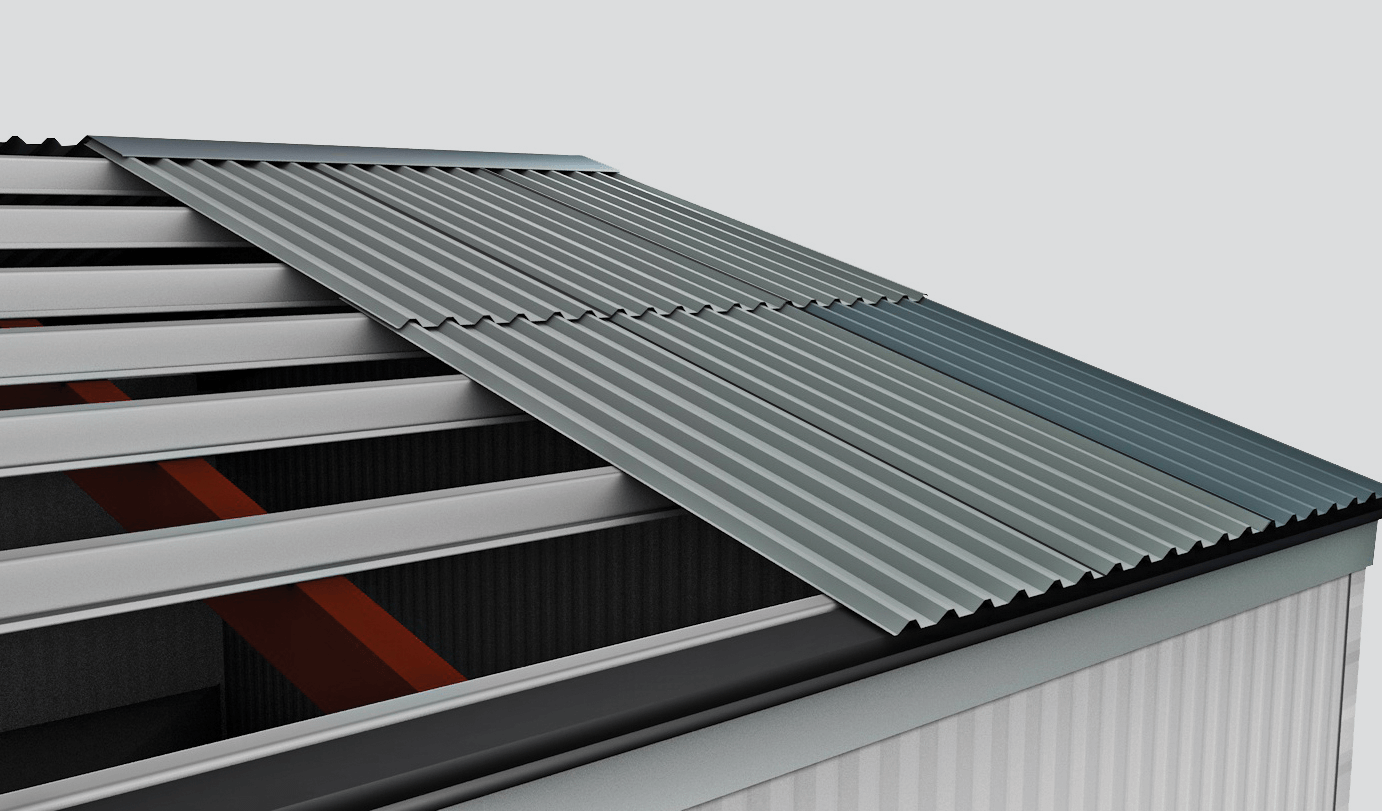Introduction:
Trims and flashing are indispensable components in the construction and maintenance of buildings, playing critical roles in both functionality and aesthetics. While often overlooked, these elements provide essential protection against weather elements and contribute significantly to the overall visual appeal of structures.
Functionality and Protection:
- Trims and flashings serve primarily to protect buildings from water ingress and other environmental hazards. Flashings, typically made from materials like aluminum, copper, or galvanized steel, are strategically placed in areas prone to water accumulation, such as roof valleys, around chimneys, and along walls. They prevent water from seeping into vulnerable areas, thereby safeguarding the integrity of the building envelope and reducing the risk of costly water damage.
- Trims, on the other hand, are used to finish and protect edges and corners of various building components, such as windows, doors, and roofs. They create clean lines, enhance structural stability, and provide a finished appearance. Common materials for trims include PVC, wood, and composite materials, chosen for their durability and ability to withstand weathering.
Aesthetic Appeal:
Beyond their functional role, Westmeath Cladding Supplies also offers trims and flashings contribute significantly to the visual appeal of a building. Properly selected and installed, they can complement architectural styles, highlight design features, and create a cohesive exterior appearance. Whether enhancing the sleek lines of a modern building or preserving the historic charm of a traditional structure, trims and flashings play a crucial role in defining the overall aesthetic.
Conclusion:
Trims and flashings may not be the most glamorous aspects of roofing, but they are critical for maintaining a durable, weather-resistant roof. Investing in professional trims and flashings services Westmeath Cladding Supplies ensures that your roof remains not only functional but also aesthetically pleasing for years to come. Whether you’re building a new roof or renovating an existing one, don’t overlook the importance of these small yet significant components—they could save you from costly repairs down the road.

